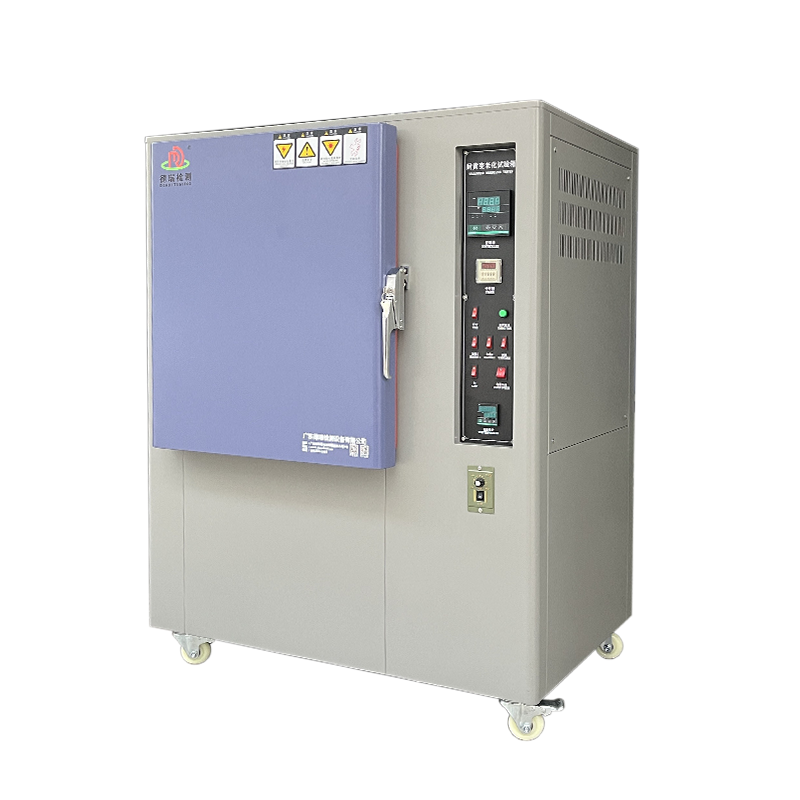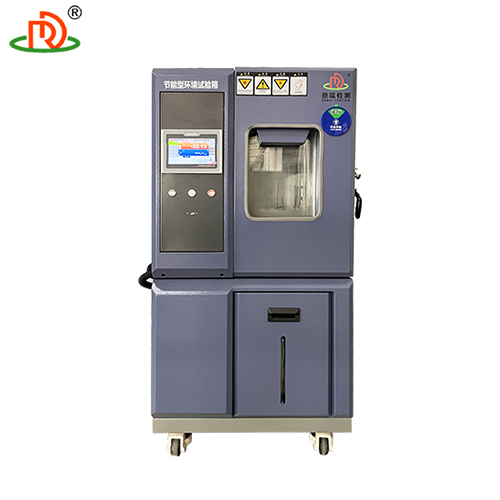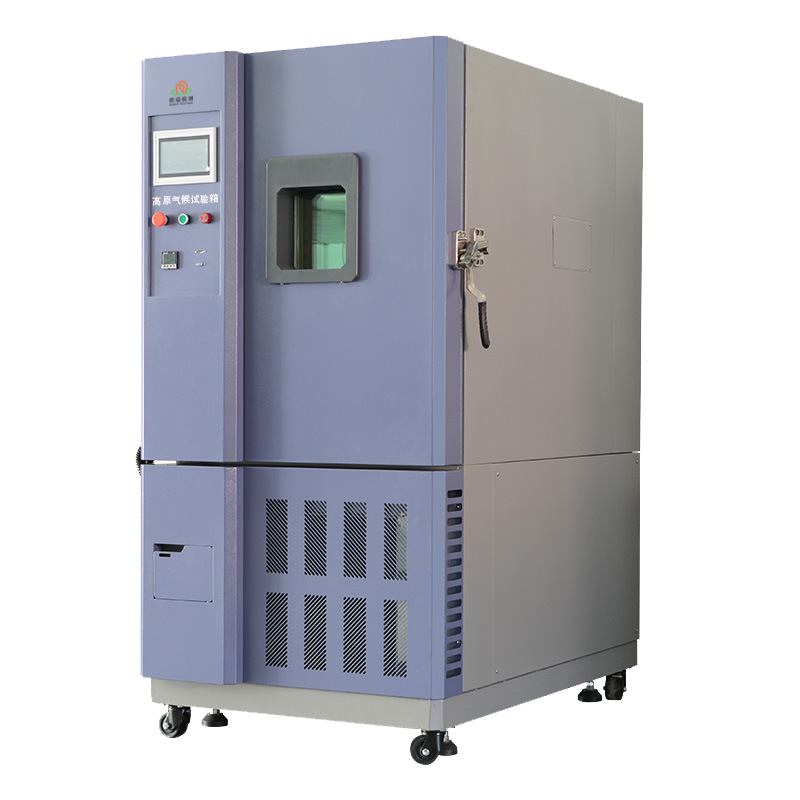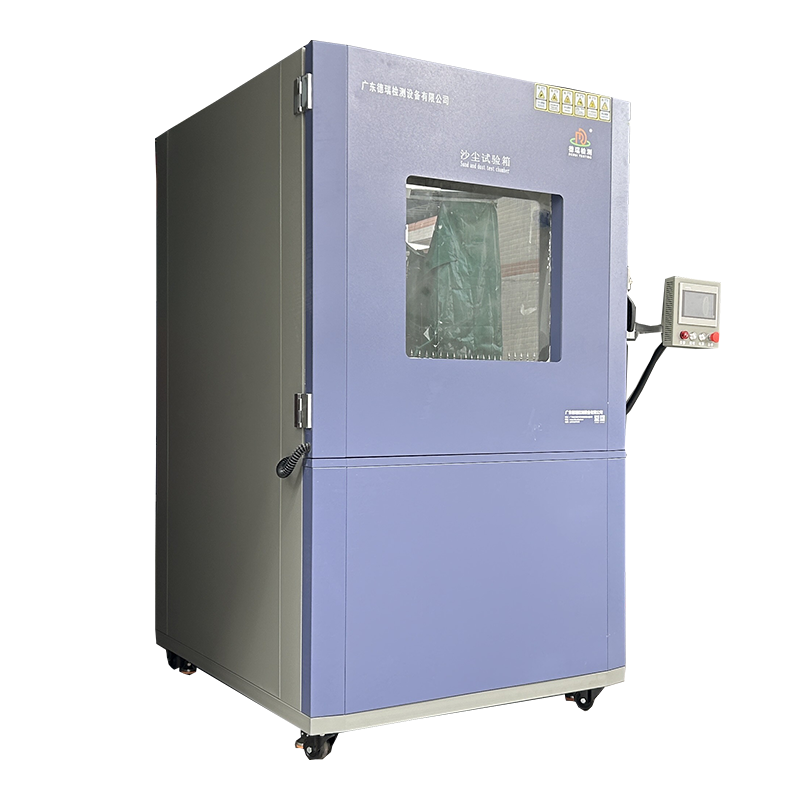
Intelligent temperature control and yellowing resistance testing machine
138005.0 INR/Unit
Product Details:
X
Intelligent temperature control and yellowing resistance testing machine Price And Quantity
- 1 Unit
- 138005.0 INR/Unit
Intelligent temperature control and yellowing resistance testing machine Trade Information
- Cash in Advance (CID)
- 100 Unit Per Month
- 7 Days
- All India
Product Description
Item Specification 1. Internal chamber size(W*D*H) 50*50*60cm
2. External chamber size(W*D*H) 114*74*130cm
3. Temperature Range Ambient Temperature~200
4. Control Mode Automatic Calculation Controller
5. Temperature display accuracy 0.1
6. Control accuracy 3
7. Distribution accurac 1 (ambient ~ 100)
8. Time memory 0-999 hours, Power Failure Memory Type, with Buzzer
9. Sample holder rotation speed Diameter 45cm, 102 roll/min
10. UV light source 300W UV lamp
11. Heating method Hot air circulation
12. Chamber material Internal: Stainless Steel SUS304; 13. External: Steel plate with baking varnish
The Intelligent Temperature Controlled Yellowing Resistance Tester is a device specifically designed to evaluate the yellowing resistance (i.e., the ability to prevent materials from yellowing) of materials (e.g., plastics, rubbers, textiles, paints, lacquers, etc.) at high temperatures and under light conditions. By precisely controlling the temperature and light intensity, the equipment simulates the environmental conditions that materials are likely to encounter in actual use in order to evaluate their yellowing resistance and durability. Below is more information about the Intelligent Temperature Controlled Yellowing Resistance Tester:
1. Functions and Uses
- Simulate high temperature environment:
Through the heating system, simulate the high temperature environment that may be encountered by the material in actual use, such as direct sunlight and proximity to heat sources.
- Simulate light conditions:
Using high-intensity light sources (e.g., UV lamps, xenon lamps, etc.) to simulate natural light conditions and evaluate the aging performance of materials under light.
- Intelligent temperature control:
Equipped with intelligent temperature control system, it can accurately control the temperature inside the test chamber to ensure the stability and consistency of the test environment.
- Yellowing resistance test:
Evaluate the yellowing resistance of the material under high temperature and light conditions to ensure that it will not undergo significant color changes during long-term use.
- Comprehensive environment simulation:
Can simulate the environment under different temperatures, light intensity and humidity conditions for more comprehensive material performance testing.
2. Main technical parameters
- Temperature range:
Usually between room temperature and 200 , can be adjusted according to the test standards and requirements.
- Temperature control precision:
Usually controlled within 1 to ensure the accuracy and stability of the testing environment.
- Light intensity:
Adjustable, typically between 500W/m and 1200W/m to simulate different light conditions.
- Type of light source:
UV lamps, xenon lamps, fluorescent lamps, etc. can be used to select the appropriate light source according to the test requirements.
- Testing time:
Programmable control, up to thousands of hours, the specific time is set according to the test standards and customer requirements.
- Internal dimensions:
Depending on the model, the size can range from tens of liters to several cubic meters to accommodate test samples of different sizes.
- Humidity control:
Some units are equipped with humidity control systems to simulate environments under different humidity conditions, usually ranging from 10%RH to 98%RH.
- Intelligent Control System:
Equipped with an intelligent control system that can automatically adjust the temperature, light intensity and other parameters to ensure the automation and accuracy of the testing process.
3. Test standards and methods
- ASTM D3424:
ASTM standard test method for yellowing resistance of plastics.
- ISO 4892-2:
International Organization for Standardization standard for aging test of plastics under exposure to laboratory light sources.
- ASTM D4459:
American Society for Testing and Materials standard for aging test of plastics under ultraviolet exposure.
- GB/T 16422.3:
Chinese national standard on test methods for plastics exposed to laboratory light sources.
- ASTM D1148:
American Society for Testing and Materials standard test method for discoloration of rubber.
4. Test procedure
1.
Initial Inspection:
Under standard environmental conditions, test samples are initially inspected for appearance, color, and size.
2.
Sample Placement:
Place the sample in the test chamber to ensure that it is in normal working condition.
3.
Setting parameters:
Set parameters such as temperature, light intensity, humidity, test time, etc. according to test standards or customer requirements.
4.
Start test:
Start the test chamber and begin the yellowing resistance test.
5.
Continuous monitoring:
During the test, regularly monitor the performance and condition of the sample and record the relevant data.
6.
End of Test:
At the end of the test, the samples are removed and examined for appearance and color to assess their resistance to yellowing.
5. Assessment Criteria
- Appearance check:
Check whether there is any obvious color change on the surface of the sample, especially yellowing.
- Color Measurement:
Using a colorimeter or spectrophotometer, measure the color change of the sample before and after the test to assess its resistance to yellowing.
- Mechanical Properties Testing:
Test the mechanical properties of the sample after the yellowing resistance test, such as tensile strength, elongation at break, etc., to assess its durability.
- Chemical Analysis:
Chemical analysis of the samples to assess their chemical stability under high temperature and light conditions.
6 Areas of application
- Plastics Industry:
Used to evaluate the yellowing resistance of plastic materials, such as PVC, PP, PE, etc., under high temperature and light conditions.
- Rubber Industry:
To evaluate the discoloration and aging performance of rubber materials under high temperature and light conditions.
- Textile Industry:
Test the color stability and durability of textiles under high temperature and light conditions.
- Coatings & Paints:
Evaluate the color change and aging performance of coatings and paints under high temperature and light conditions.
- Automotive Interior Materials:
To test the yellowing resistance and durability of automotive interior materials under high temperature and light conditions.
- Electronic product casing:
Evaluate the color stability and durability of electronic product casing materials under high temperature and light conditions.
Tell us about your requirement

Price:
Quantity
Select Unit
- 50
- 100
- 200
- 250
- 500
- 1000+
Additional detail
Mobile number
Email








 English
English Spanish
Spanish French
French German
German Italian
Italian Chinese (Simplified)
Chinese (Simplified) Japanese
Japanese Korean
Korean Arabic
Arabic Portuguese
Portuguese